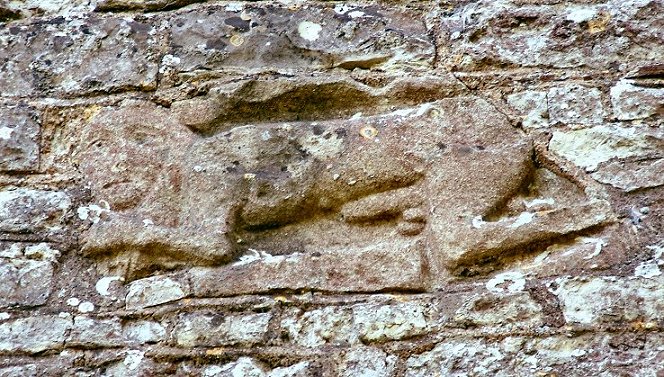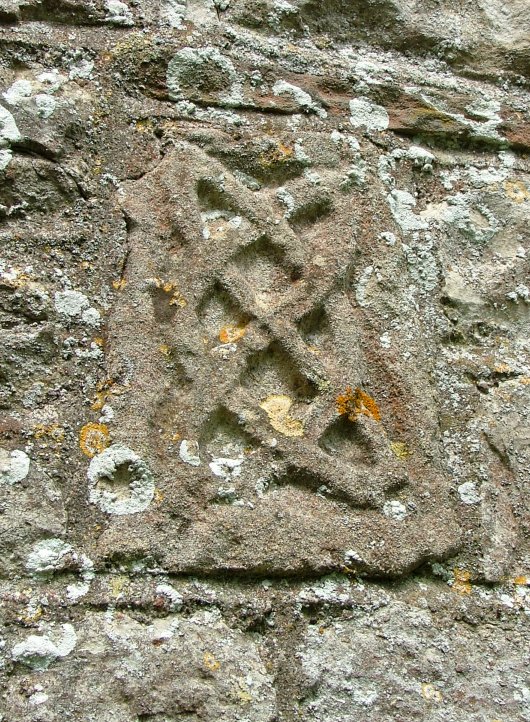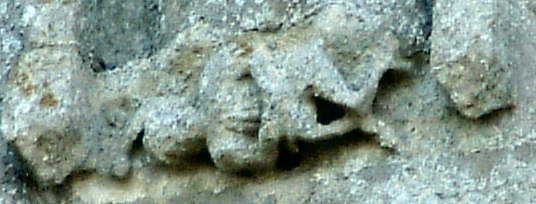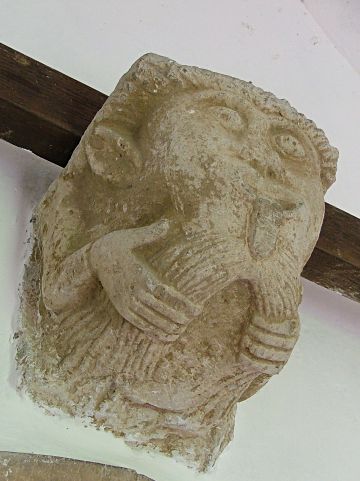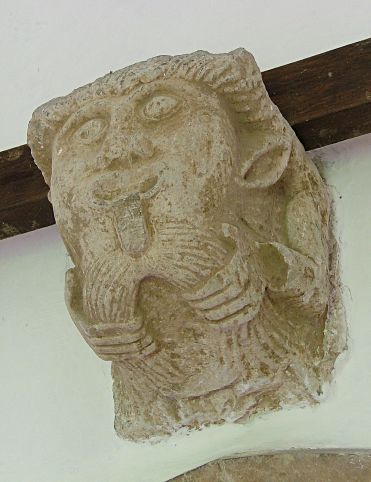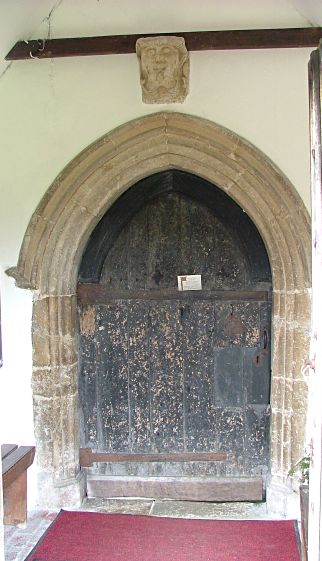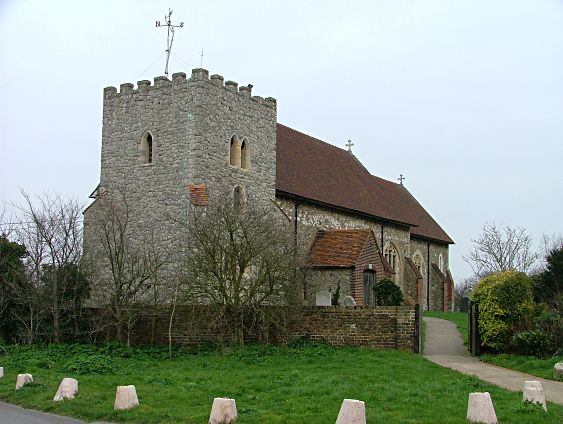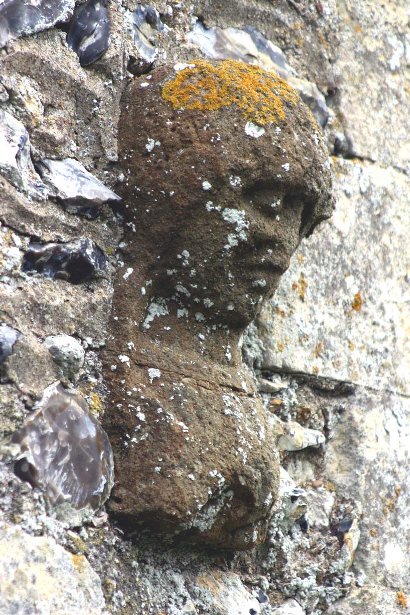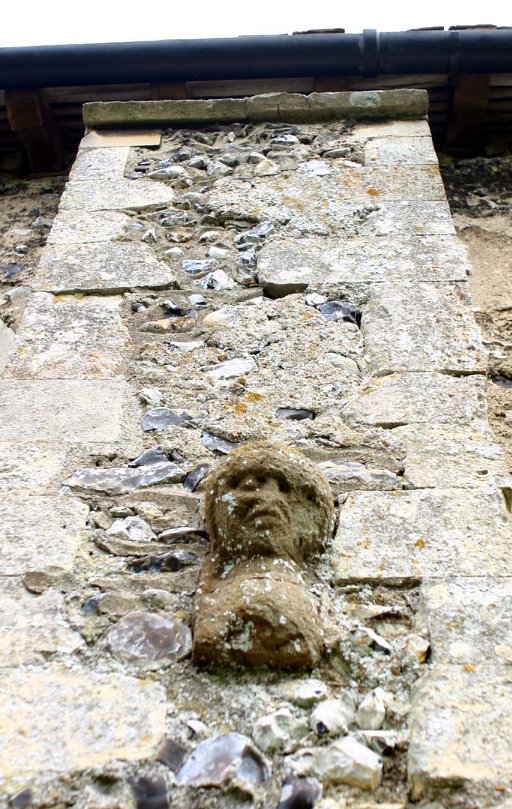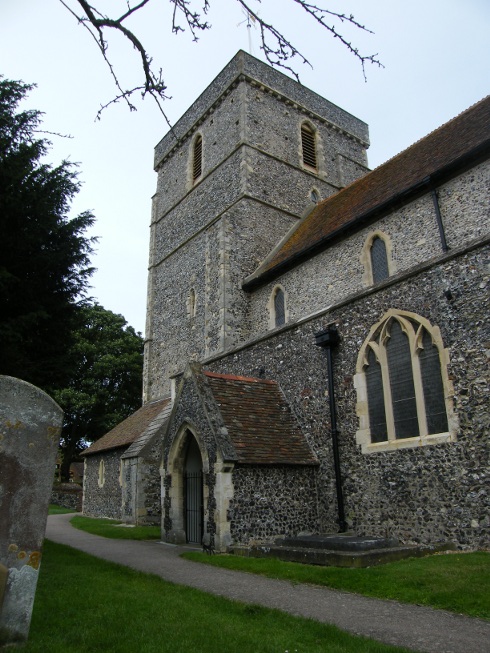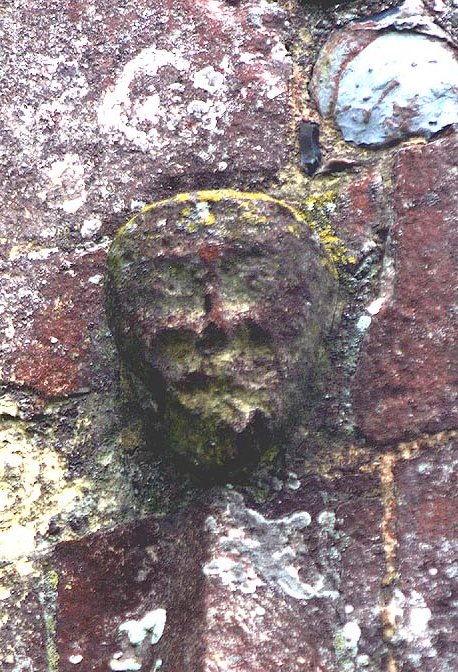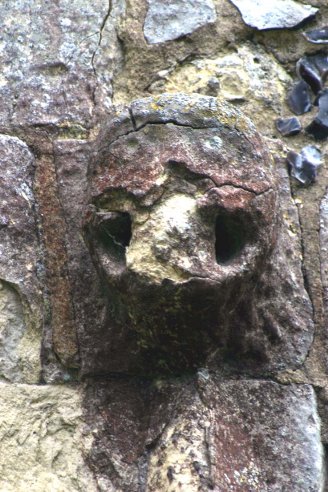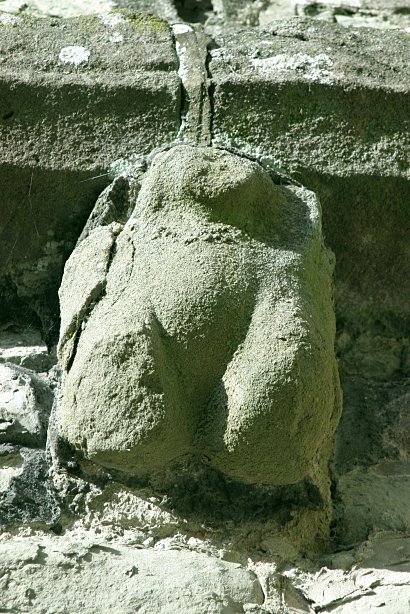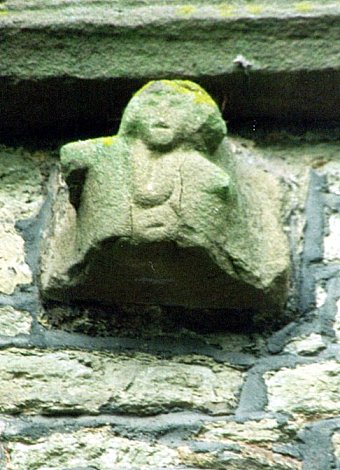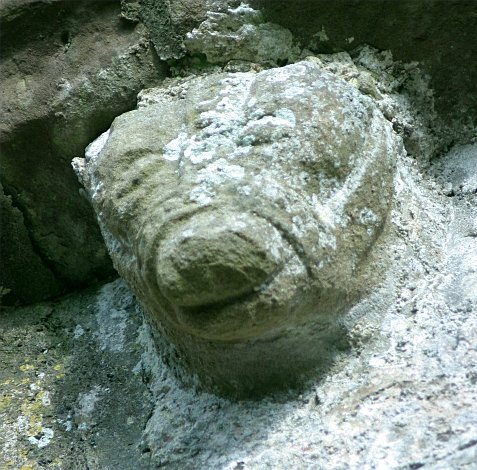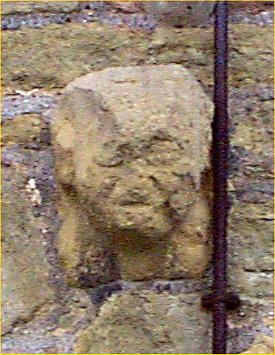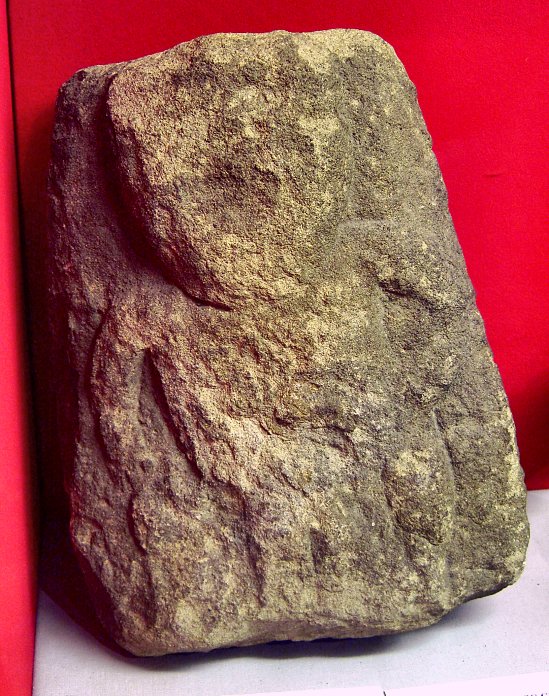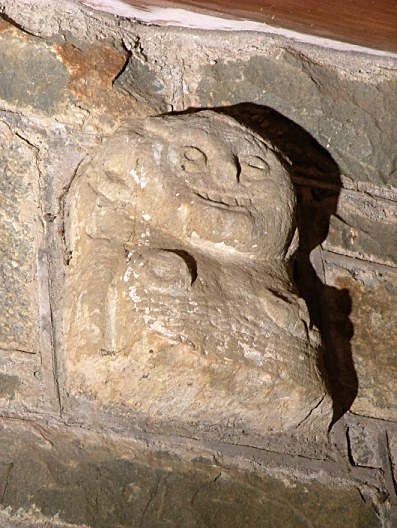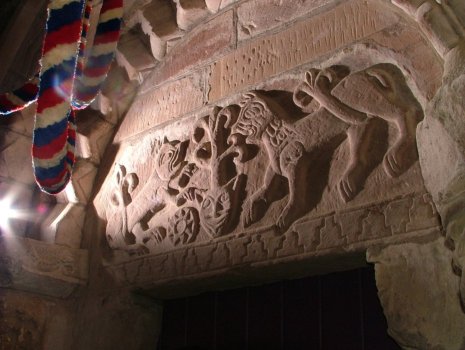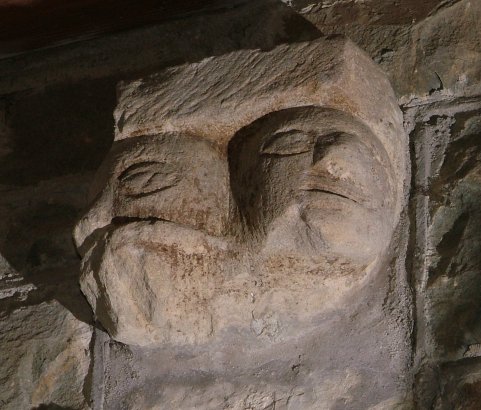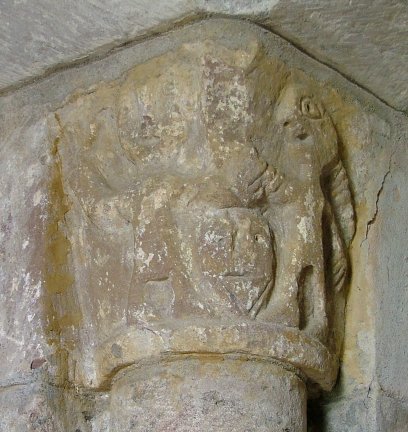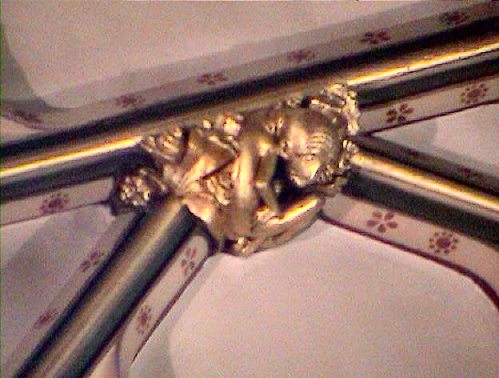
Location; ///create.preoccupied.harder
St Mary Redcliffe, Bristol is located near Bristol Temples Mead Railway Station. The church which dates from 1115, was named from the red cliffs located below the church. During a visit in 1574 Queen Elizabeth I claimed St Mary’s Redcliffe to be : ‘the goodliest, fairest and most famous parish church in England’ St Mary Redcliffe, is a very rich church by any standard. It contains a wealth of stone carvings with several animals, a mermaid, a maze, about forty Green Men, a ‘Man at Stool’, a number of exhibitionists, and the Sheela na Gig.
Cave (1948) in his book ‘Roof Bosses in Medieval Churches’ puts the Sheela above the wall plate, and in the nave. Unfortunately Cave gives no description of the Sheela, and as a result an extensive search of all the 1200 roof bosses produced five candidates. The kneeing figure, and a naked male and female, an anus shower, and another exhibitionist all can be illuminated.
The most likely candidate for the Sheela is located in the next bay to the west from the transept crossing. Face the high north window, locate the roof boss at the apex of the window. Follow the rib, left to the next roof boss, from here follow the next rib right to the next boss which is the Sheela. Martin Lee describes it in his ‘The Boss Walk: A short guide to Roof Bosses of St Mary Redcliffe,’ as ‘Naked man with furrowed brow’. The figure is found with a foliage background, one leg at least wrapped around her neck, and arm, with one hand touching her face, while the other comes to rest at the genital area. It appears as if three fingers are buried into the vagina, while her index finger comes to rest near the anus. Although a very natural looking carving, the figure is bald, thin, and the furrowed brow may represent ageing, C. J. P. Cave seemed very unorthodox with the definition of Sheela na Gigs, accepting South Tawton, and the Wells pair as Sheelas.
Another boss of interest an anus shower is located opposite the Sheela. This figure is wearing a rather elaborate head gear consistent medieval period, also what appears to be a chemise tucked up above the buttocks with puff sleeves. The body is held in a curve with buttocks exposed. There is a hole consistent with an anus, and a vulva or scrotal sac which sags forward.
Keith Jones
Is this a Sheela?
After much searching Keith came up with the figure above which seems to best fit Cave’s criteria. As we know from the Wells figures, Cave’s interpretation of sheela na gig figures is idiosyncratic to say the least. It seems that Keith has found the best candidate for this elusive figure but as with Cave’s other find’s it’s dubious to say the least.
John Harding
